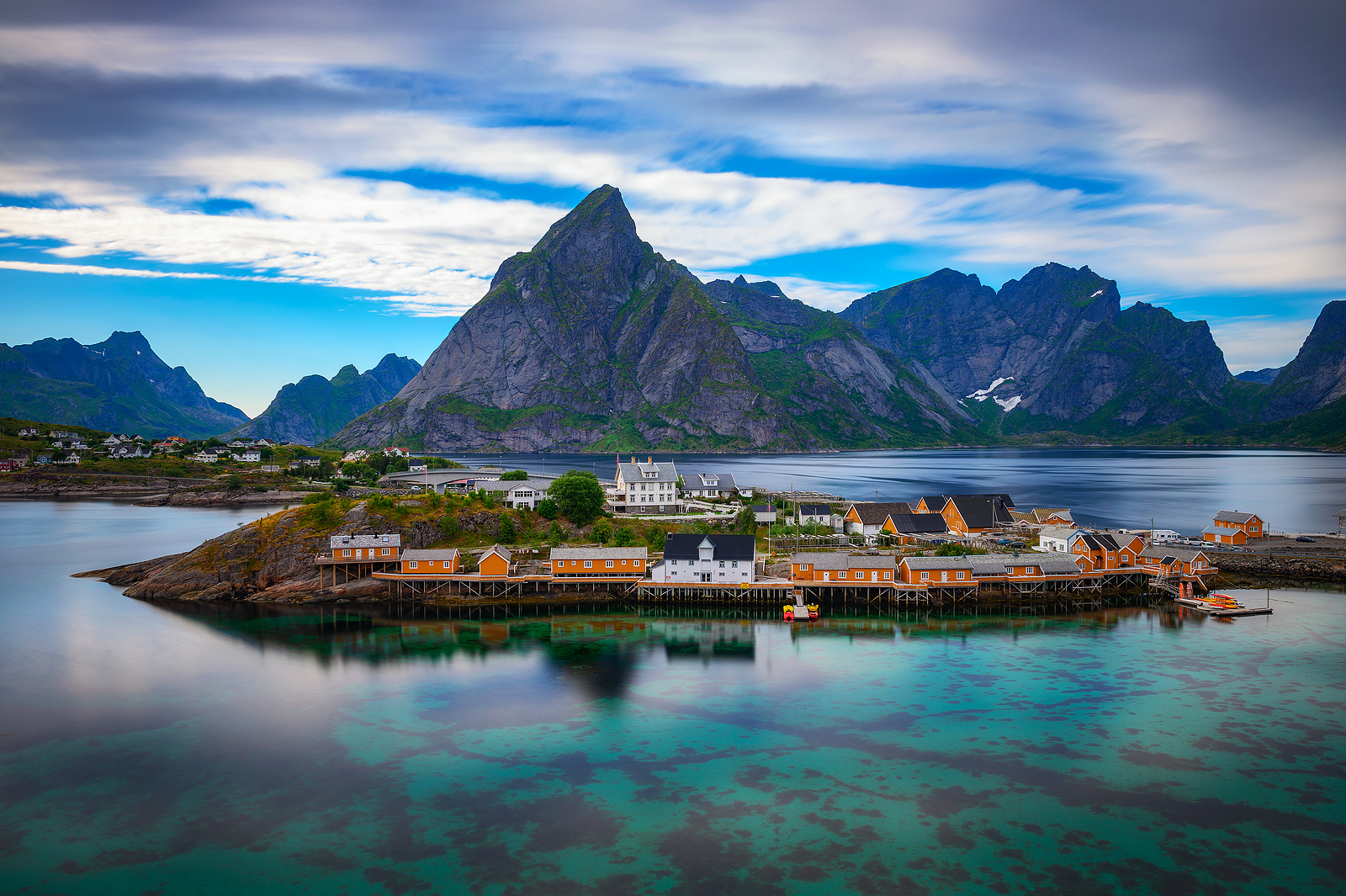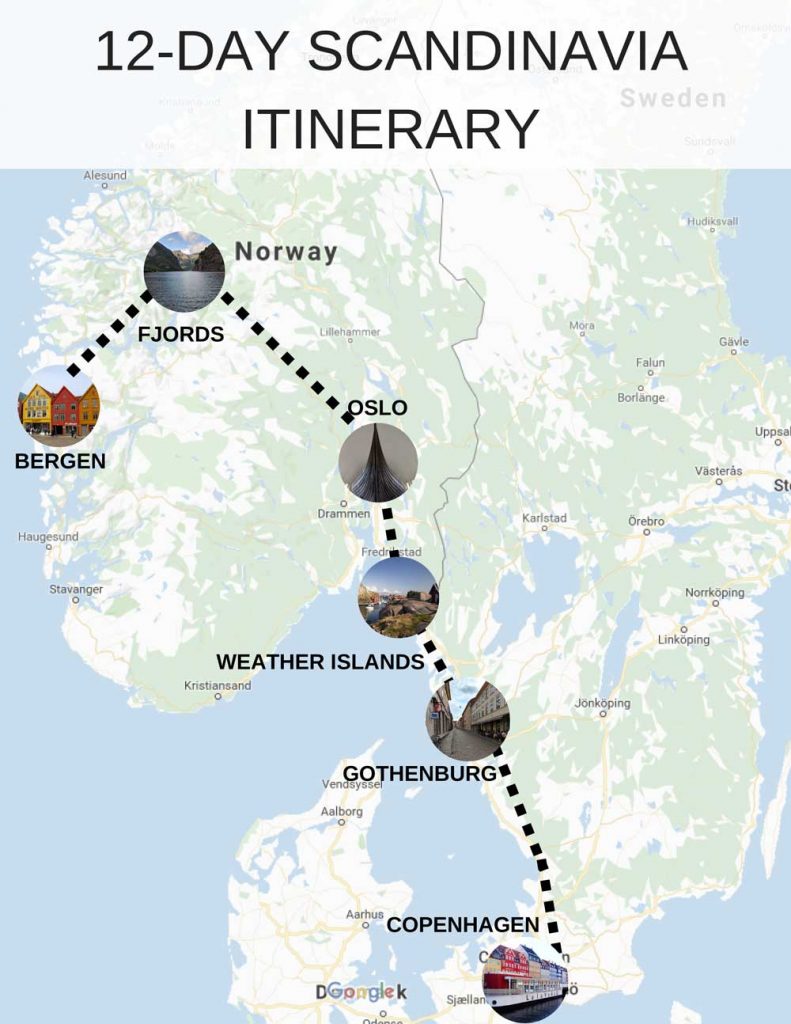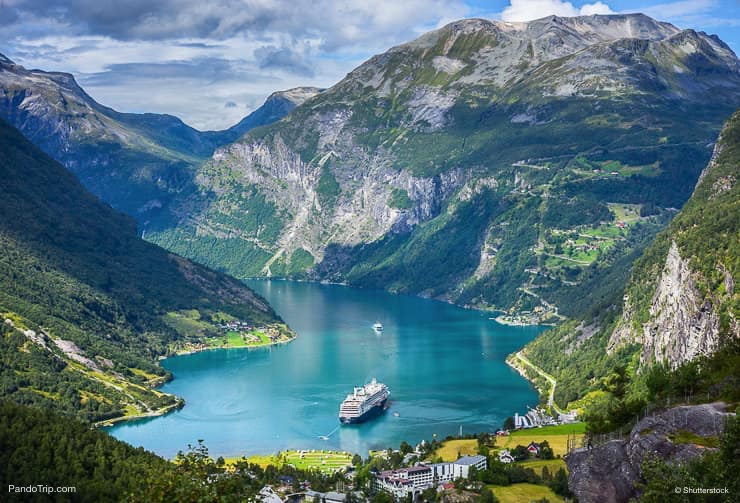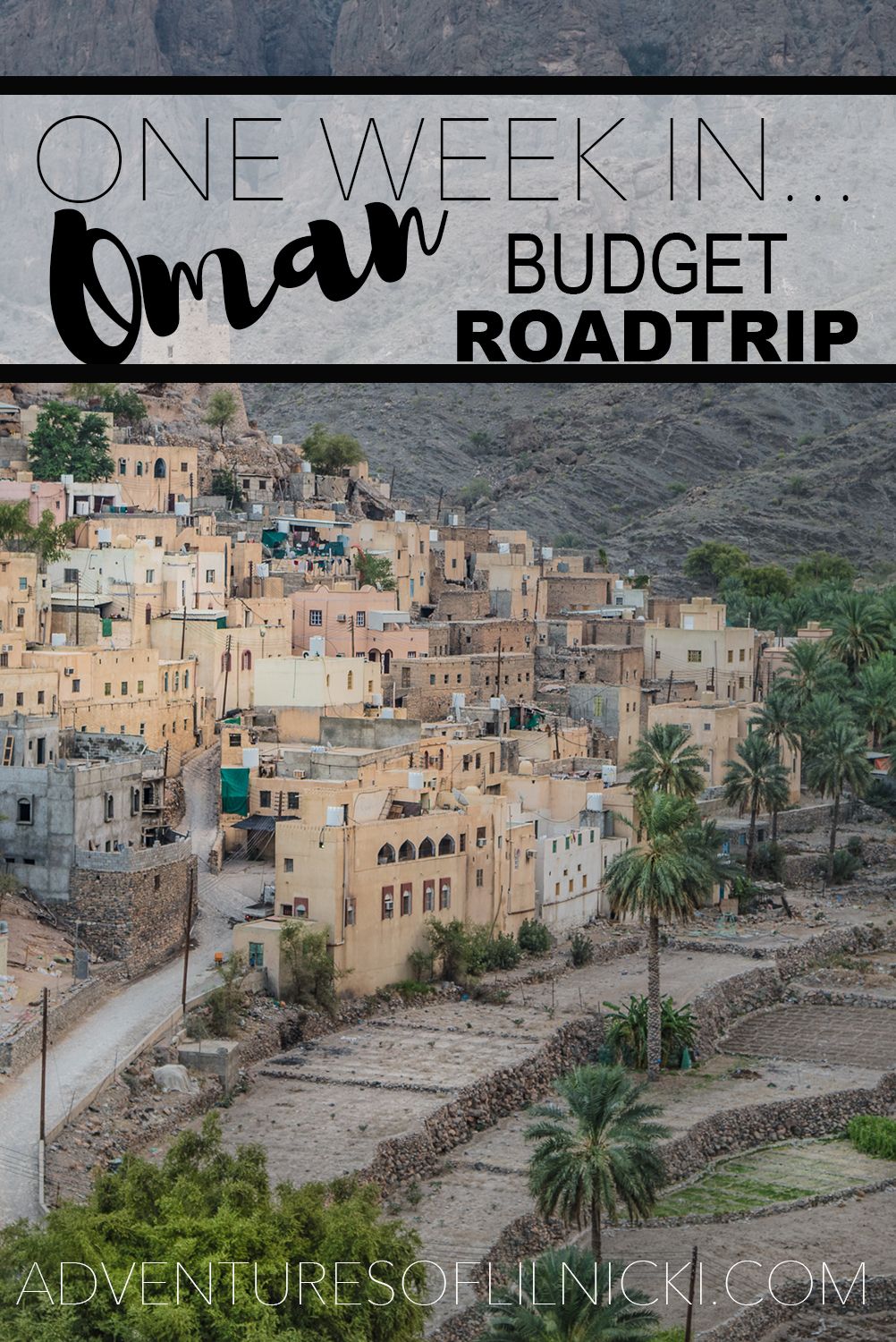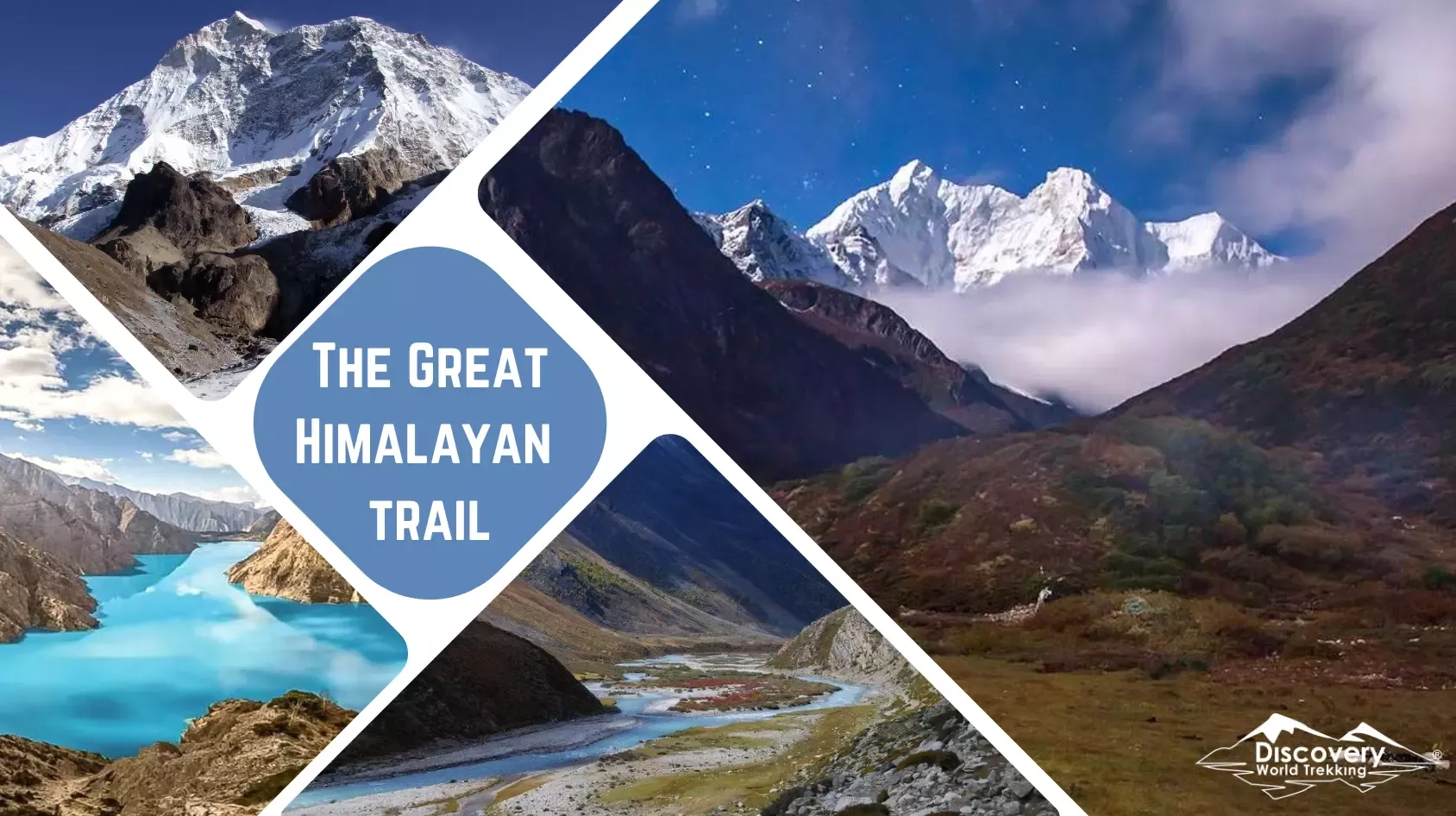
The Himalayas, the "Abode of Snow," have captivated adventurers and spiritual seekers for centuries. Nestled within these majestic peaks lies the Great Himalayan Trail (GHT), a network of trekking routes stretching across the entire Himalayan range, traversing five countries: Pakistan, India, Nepal, Bhutan, and Myanmar. This article focuses primarily on the most well-trodden section, the Nepal GHT, a challenging yet rewarding journey through some of the world’s most breathtaking landscapes. Prepare to be inspired as we delve into the history, attractions, practicalities, and cultural richness of this extraordinary trek.
A Journey Through Time: The History of the GHT
The idea of a unified trail across the Himalayas has been brewing for decades. While various local trails existed for centuries, connecting remote villages and facilitating trade, the concept of a continuous, long-distance hiking route gained traction in the late 20th century. Early explorations and mapping efforts laid the groundwork, but it was the vision of explorers like Robin Boustead that truly brought the GHT to life.
Related Articles about Conquering the Roof of the World: Unveiling the Wonders of the Great Himalayan Trail:
- Budapest: A Jewel on the Danube – Your Comprehensive Travel Guide
- Iceland: A Land of Fire and Ice – Your Ultimate Travel Guide
- Discovering the Jewels of Malaysia: An Ultimate Travel Guide
- Unveiling the Ancient Wonders: A Comprehensive Travel Guide to Jordan
- Journey to the Golden Dunes: Unveiling the Sahara Desert
Boustead, a British geographer and trekker, spent years researching and documenting existing trails, connecting them and identifying viable routes to create a continuous path. His work culminated in the publication of detailed guidebooks and maps, providing essential information for trekkers considering this epic adventure.
The Nepal GHT, in particular, has seen significant development in recent years. Community-based tourism initiatives have played a crucial role in improving infrastructure, training local guides, and ensuring sustainable practices. While some sections remain rugged and remote, others have become more accessible, offering a range of trekking experiences to suit different skill levels.
The GHT is more than just a physical challenge; it’s a journey through time, connecting modern trekkers with the ancient cultures and traditions that have thrived in these mountains for generations. It’s a testament to the resilience of the human spirit and the enduring power of the Himalayas.
A Tapestry of Wonders: Main Attractions Along the Nepal GHT
The Nepal GHT is not a single, defined trail, but rather a collection of routes offering diverse experiences. It’s typically divided into a High Route (averaging above 4,000 meters) and a Low Route (averaging below 3,000 meters), each presenting unique challenges and rewards.
-
High Route: This is the more demanding option, reserved for experienced trekkers with excellent fitness and acclimatization skills. It involves crossing high passes, traversing glaciers, and navigating challenging terrain. Highlights include:
- Kang La Pass: One of the highest navigable passes in Nepal, offering breathtaking views of the Annapurna and Dhaulagiri ranges.
- Lumba Samba Pass: A remote and challenging pass in eastern Nepal, known for its pristine landscapes and cultural encounters with nomadic communities.
- Rolwaling Valley: A hidden gem in the central Himalayas, famous for its stunning glacial lakes, towering peaks, and the mythical Yeti.
- Everest Region via less-travelled routes: Offers a more off-the-beaten-path experience compared to the standard Everest Base Camp trek, with opportunities to explore remote villages and lesser-known peaks.
-
Low Route: This route is generally less strenuous, offering a more accessible introduction to the GHT. It focuses on exploring lower valleys, terraced fields, and traditional villages. Highlights include:
- The Arun Valley: A biodiversity hotspot, renowned for its lush forests, diverse birdlife, and cultural richness.
- The Makalu-Barun National Park: A protected area teeming with wildlife, including snow leopards, red pandas, and musk deer.
- The Annapurna Foothills: Offers stunning views of the Annapurna range while traversing through picturesque villages and terraced fields.
- Cultural Immersion: Both routes offer ample opportunities to interact with local communities, experience their unique cultures, and learn about their traditions. From Sherpa villages in the east to Gurung settlements in the west, the GHT is a cultural tapestry woven with diverse ethnicities and beliefs.
Beyond the specific attractions, the GHT offers a constant feast for the eyes. Towering snow-capped peaks, cascading waterfalls, lush rhododendron forests, and vibrant prayer flags fluttering in the wind are just a few of the visual delights that await trekkers.
Navigating the Himalayas: Essential Travel Tips
Trekking the GHT is a significant undertaking, requiring careful planning and preparation. Here are some essential travel tips to ensure a safe and rewarding experience:
- Physical Fitness and Acclimatization: The GHT is physically demanding, requiring excellent cardiovascular fitness and strong leg muscles. Start training months in advance with regular hiking, running, and strength training. Proper acclimatization to altitude is crucial to prevent altitude sickness. Ascend gradually, allowing your body time to adjust to the thinning air. Drink plenty of water and avoid alcohol and smoking.
- Permits and Visas: Ensure you have all the necessary permits and visas before embarking on your trek. The required permits vary depending on the specific sections of the GHT you plan to traverse. Commonly required permits include the Trekking Information Management System (TIMS) card and permits for national parks and conservation areas.
- Gear and Equipment: Pack light but smart. Essential gear includes sturdy hiking boots, waterproof clothing, a warm sleeping bag, a comfortable backpack, a headlamp, sunscreen, and a first-aid kit. Consider hiring a porter to carry your heavier gear, especially on the High Route.
- Guide or No Guide? Hiring a guide is highly recommended, especially for less experienced trekkers or those tackling the High Route. A knowledgeable guide can provide invaluable assistance with navigation, logistics, and cultural interpretation. They can also help with emergencies and ensure your safety.
- Travel Insurance: Comprehensive travel insurance is essential, covering medical expenses, evacuation, and trip cancellation. Ensure your policy covers trekking at high altitudes.
- Respect Local Culture: Be mindful of local customs and traditions. Dress modestly, especially when visiting temples and monasteries. Ask for permission before taking photographs of people or religious sites. Learn a few basic Nepali phrases to communicate with locals.
- Sustainable Trekking: Practice responsible tourism. Pack out all your trash, avoid using single-use plastics, and support local businesses. Respect the environment and leave no trace behind.
The Sweet Spot: Best Time to Visit
The best time to trek the Nepal GHT is during the pre-monsoon (March to May) and post-monsoon (September to November) seasons.
- Pre-monsoon: Offers clear skies, warm temperatures, and vibrant rhododendron blooms. However, it can be hotter at lower altitudes.
- Post-monsoon: Provides excellent visibility, cooler temperatures, and a lower risk of rain. This is the most popular time to trek, so expect more crowds on some sections of the trail.
- Monsoon (June to August): Not recommended due to heavy rainfall, landslides, and limited visibility.
- Winter (December to February): Can be extremely cold and snowy, especially at higher altitudes. Some passes may be closed due to snow.
Rest and Rejuvenation: Nearby Hotels and Lodges
Accommodation options along the GHT vary depending on the specific section of the trail. In more popular areas, you’ll find teahouses (simple guesthouses) offering basic accommodation and meals. In remote areas, you may need to camp or rely on homestays.
Before and after your trek, you can find a wide range of hotels and lodges in Kathmandu and Pokhara, the main gateway cities to the Himalayas. These cities offer everything from budget-friendly guesthouses to luxurious five-star hotels.
A Culinary Adventure: Sampling Local Food
Nepali cuisine is hearty and flavorful, perfect for refueling after a long day of trekking. Here are some must-try dishes:
- Dal Bhat: The staple food of Nepal, consisting of lentil soup, rice, vegetables, and often meat.
- Momos: Steamed or fried dumplings filled with meat or vegetables.
- Thukpa: A hearty noodle soup with meat or vegetables.
- Chow Mein: Stir-fried noodles with vegetables and meat.
- Tsampa: Roasted barley flour, a traditional staple food in the high-altitude regions.
- Local Tea: Enjoy a cup of masala tea or butter tea to warm up on a cold day.
Getting Around: Transportation Options
Reaching the starting points of different sections of the GHT involves a combination of transportation options:
- Flights: Domestic flights are available to various towns and villages near the trekking routes, such as Lukla (for the Everest region) and Jomsom (for the Annapurna region).
- Buses: Local buses are a budget-friendly but often crowded and uncomfortable option for reaching trailheads.
- Jeeps: Private jeeps can be hired for more comfortable and faster transportation to remote areas.
- Walking: Of course, the primary mode of transportation on the GHT is walking!
The Great Himalayan Trail is more than just a trek; it’s a transformative journey that will challenge you physically, mentally, and spiritually. It’s an opportunity to connect with nature, immerse yourself in diverse cultures, and discover the beauty and resilience of the Himalayas. So, pack your bags, prepare your mind, and embark on an adventure of a lifetime!


